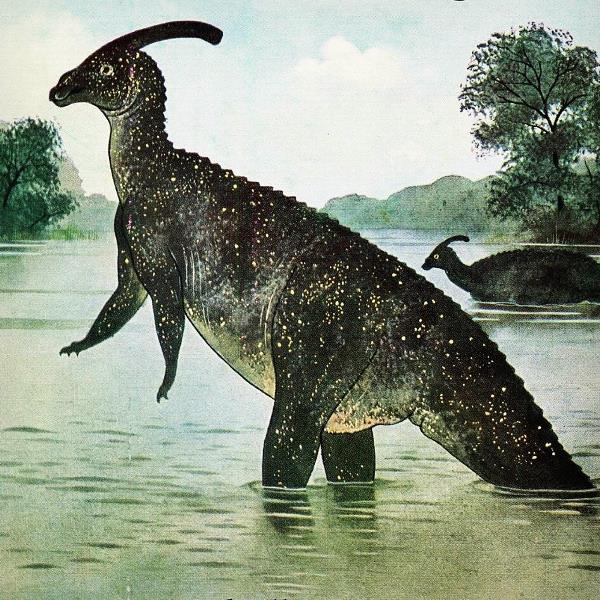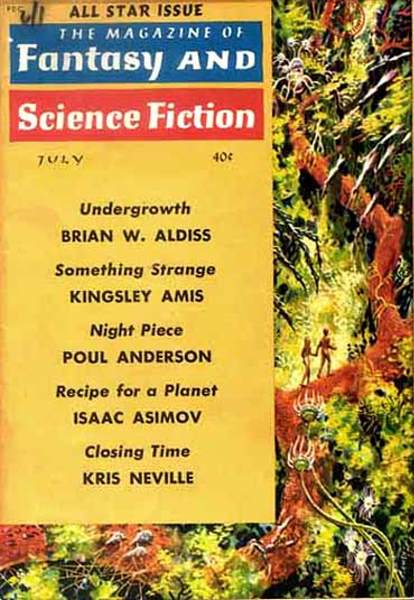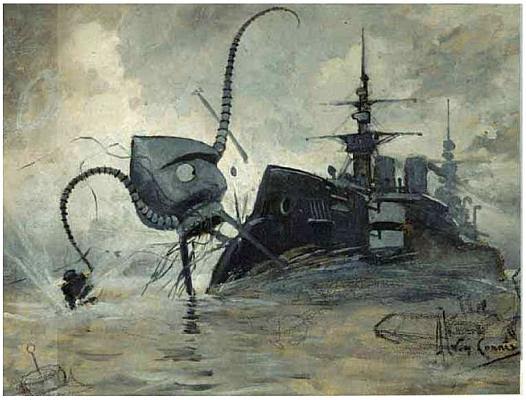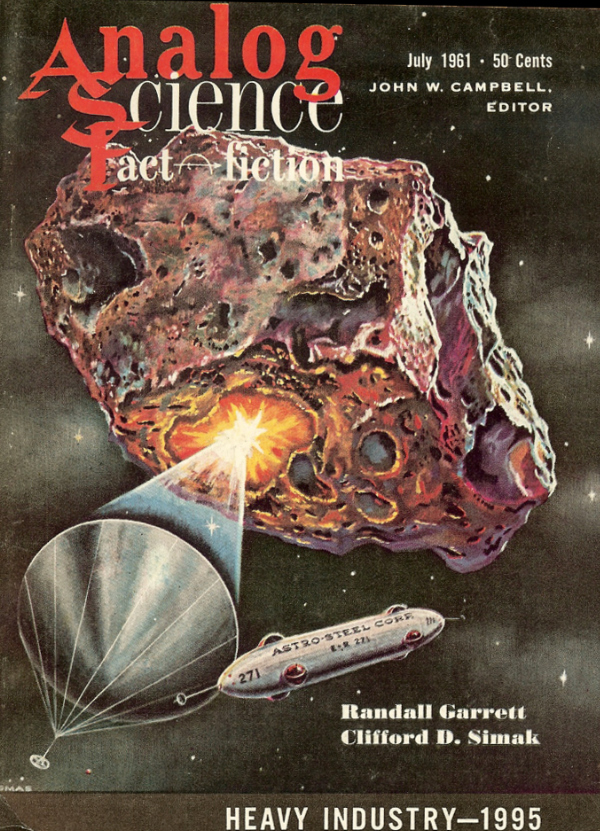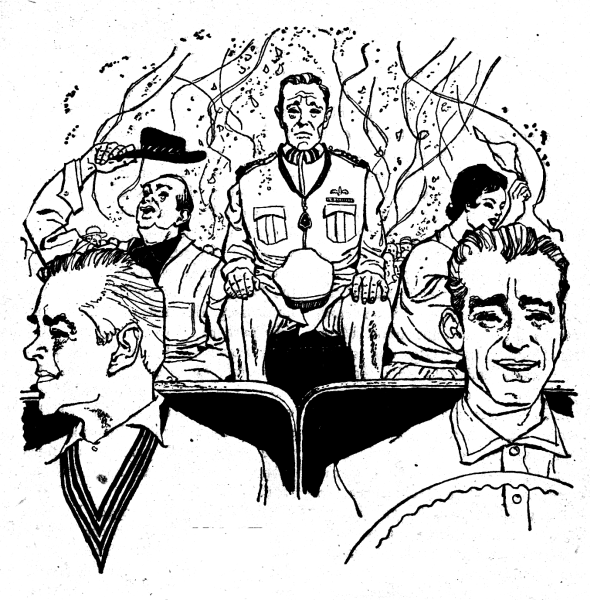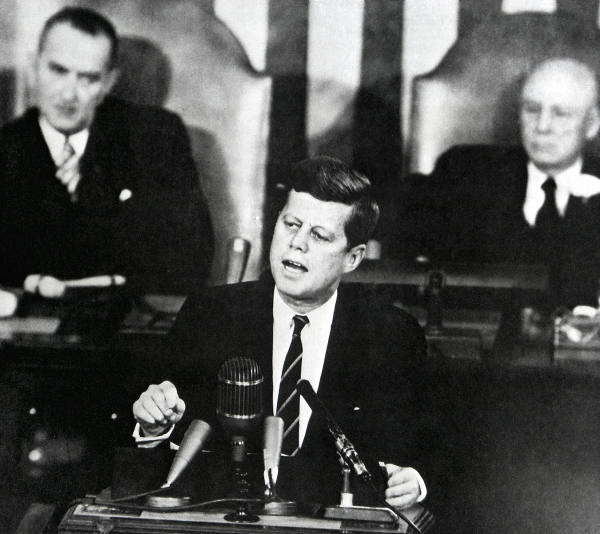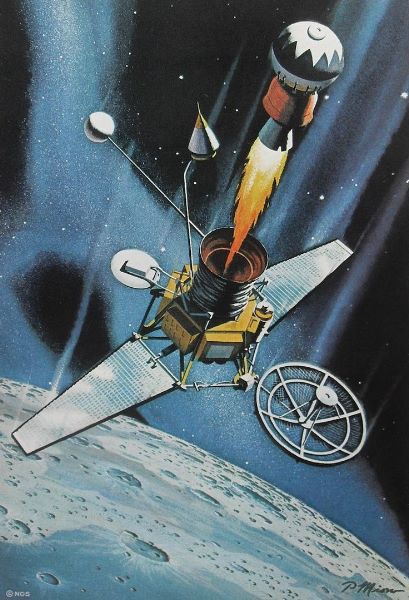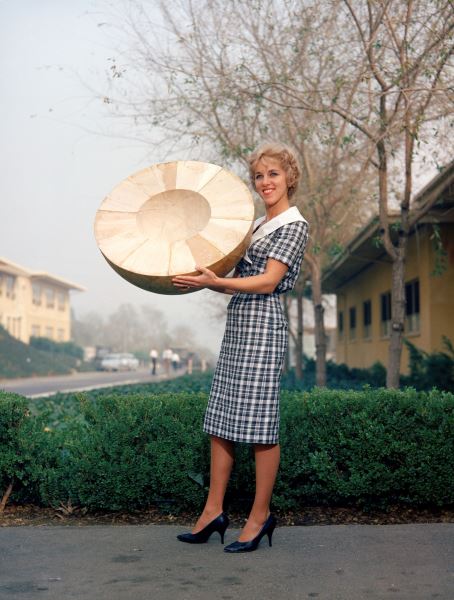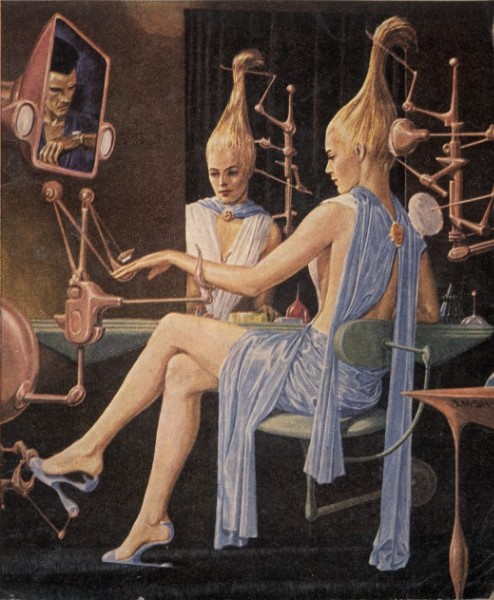
Many years from now, scholars may debate furiously which decade women came to the forefront of science fiction and fantasy. Some will (with justification) argue that it's always been a woman's genre – after all, was it not Mary Shelley who invented science fiction with Frankenstein's monster? (Regular contributor Ashley Pollard says "no.") Others will assert that it was not until the 1950s, when women began to be regularly published, that the female sff writer came into her own.
It's certainly true that a wave of new woman writers has joined the club in just the last few years. If this trend continues, I suspect we'll see gender parity in the sf magazines by the end of this decade. Right around the time we land on the Moon, if Kennedy's recently expressed wishes come to fruition.
Come meet six of these lady authors, four of whom are quite new, and two who are veterans in this, Part IV, of The Second Sex in SFF.

Photo generously provided by the author
Kit Reed: Born in my hometown of San Diego, Ms. Reed happens to be the one person on these lists with whom I am friends. Like me, Ms. Reed was previously a reporter. She's been a rising star in sff since her debut in 1958 of The Wait in The Magazine of Fantasy and Science Fiction (F&SF). Interestingly, she does not consider herself a "woman" author and thinks the distinction superfluous. I've only read the four stories she's published in F&SF, so I may not have a complete picture of her talents. Nevertheless, I've liked each successive story I've encountered more than the last. She's going to be famous someday, I predict.
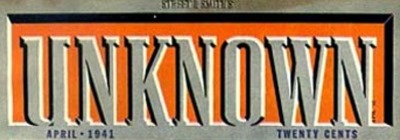
Jane Dixon Rice: I understand Mrs. Rice was a fairly prolific writer during the War, but so far as I can determine, she has written just three stories in recent past, all of which came out in F&SF, and all of which were pretty good. The last was over a year ago. I hope she hasn't disappeared for another decade-and-a-half long hiatus.

Jane Roberts: Ms. Roberts popped on the scene in '56, writing for F&SF, and she was a regular for the next several years. The only woman invited for the first science-fiction writer's conference in Milford, PA (also in 1956), her work is beautiful and haunting. She hasn't published anything in the genre since the '59 piece Impasse, which is really too bad. I hope she comes back soon.
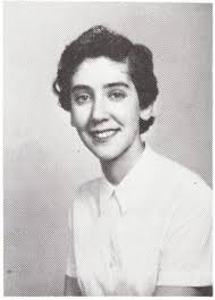
Joanna Russ: An English graduate of the distinguished universities of Cornell and Yale, Ms. Russ has to date published just one story in the genre, the quirky Nor Custom Stale. It's something she squeezed in the cracks in between studying for her Masters', and it shows great promise. Now that she's gotten her advanced degree, I'm hoping we'll see more of her work!
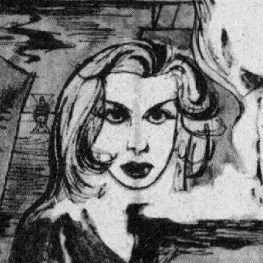
Evelyn Smith: Ms. Smith has been writing in the genre since 1952. Her works have primarily appeared in Galaxy and Fantasy and Science Fiction, the two major mags more likely to publish women. She is also known for her gothic romances under the pen name Delphine C. Lyons. With more than 30 SF credits to her name Smith is truly one of the pillars of the genre. (Note: Evelyn E. Smith is not Evelyn Gold, former wife of H.L. Gold, publisher of Galaxy, the SF magazine in which Evelyn E. Smith was first published…)
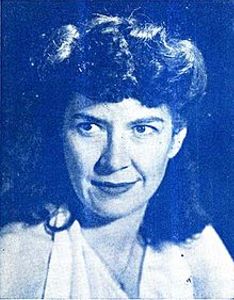
Margaret St. Clair. Last, but certainly not least, is an author who has been around under one nom de plume or another since just after the War. Her work bespeaks a broad-ranged talent. If you know her as Ms. St. Clair, you've no doubt enjoyed her playful sense of humor. If you are acquainted with her alter-ego, Idris Seabright, you've seen her more somber, fantastic side. She regularly appears in Galaxy, IF, and F&SF, and she's also turned out several novels (which I've unfortunately not yet had the pleasure to read.) I expect she'll continue to be a household name for a long time to come.
—
Thus ends the last of the list I'd compiled as of the end of last year (1960). Just in the course of creating this series, several new (to me) woman authors have made it into print. Thus, this installment shall not be the last of the sequence.
Stay tuned!

